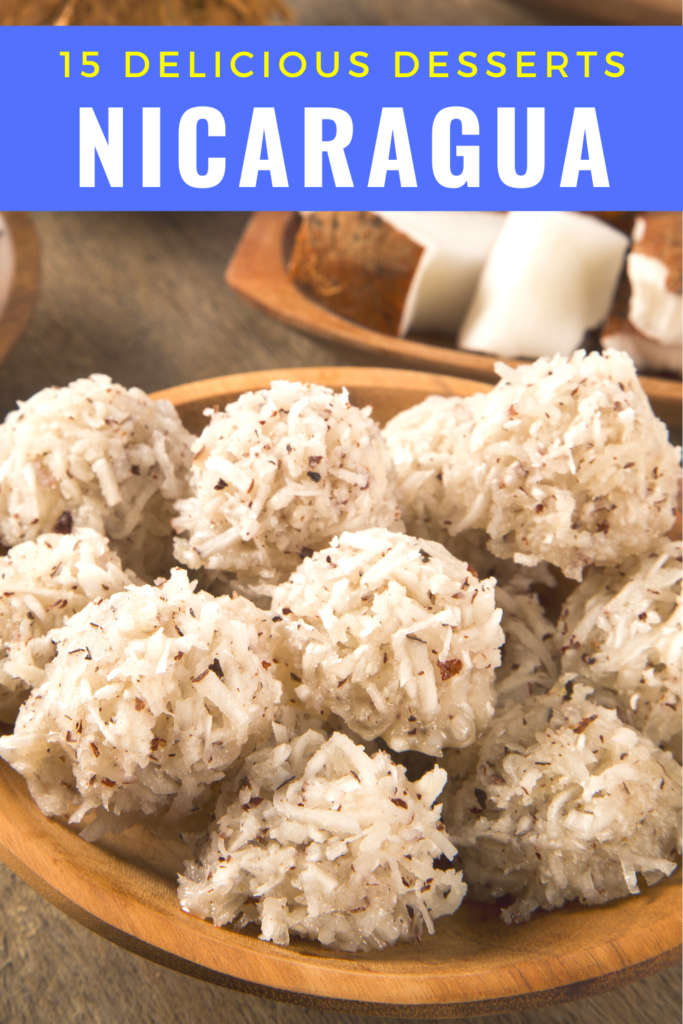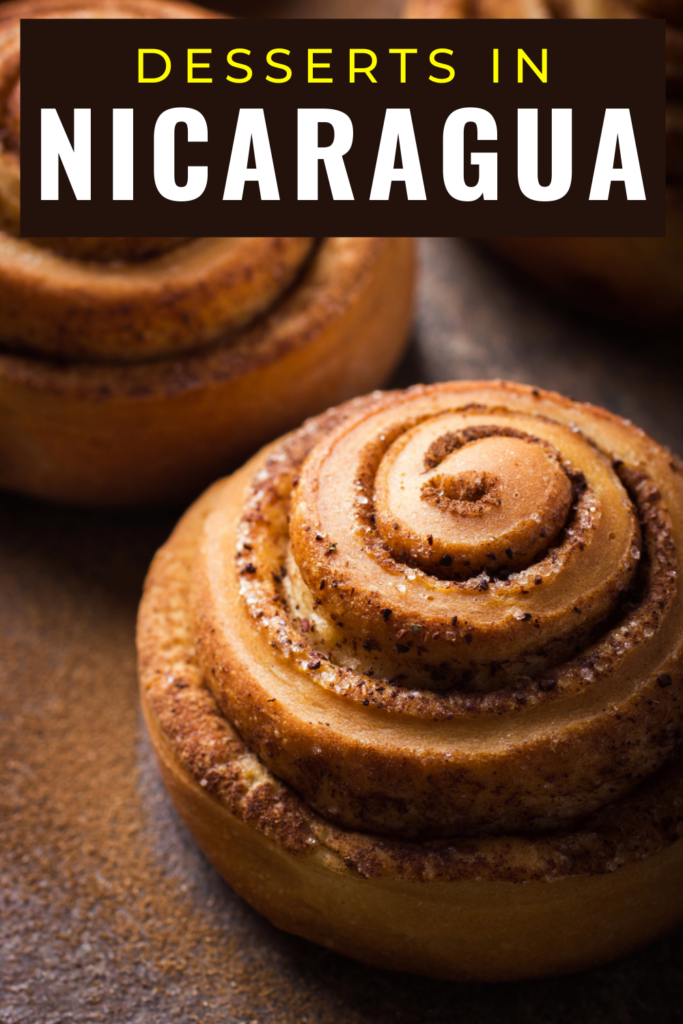These Nicaraguan desserts are so good you’ll want to plan your next vacation in Central America.
Although I don’t like to play favourites, I’m not shy about Nicaragua being one of my favourite countries.
And I know I’m not alone, many travelers have told me it’s their favourite country in Central America.
Perhaps it’s because I stayed with a family and fell in love with Leon, a city I almost didn’t visit. I love how they embrace history, never forget their past and are politically fierce.
There’s just an energy that is really special. And despite being robbed in San Juan del Sur. I would not hesitate to visit again and again.
The last time I visited was during the social uprising and I had to unexpectedly leave after 4 days. But I really hope to go back soon.
Nicaraguan Recipes
With influences from Spanish, Indigenous and Creole cuisine many of the Nicaragüense recipes you’ll find throughout Central America and the Caribbean.
But with la comida Nica you’ll also find some unique twists on Latin American classics. And some surprising dishes that arrived with German settlers in the north and other Europeans.
Nicaraguan Food
And along the Pacific coast where there is a Creole influence, you find local ingredients such as coconut and seasonal fruit.
But one thing you should know is that you’re never far from food. There is always someone selling street food, both savoury and sweet.
I’ve listed some of my favourite desserts from Nicaragua below. But there are so many more. Each town and village has something they are known for.
People will drive to bakeries high in the mountains because of a sweet treat they are known for. It’s worthwhile to ask around.
Nicaraguan Desserts
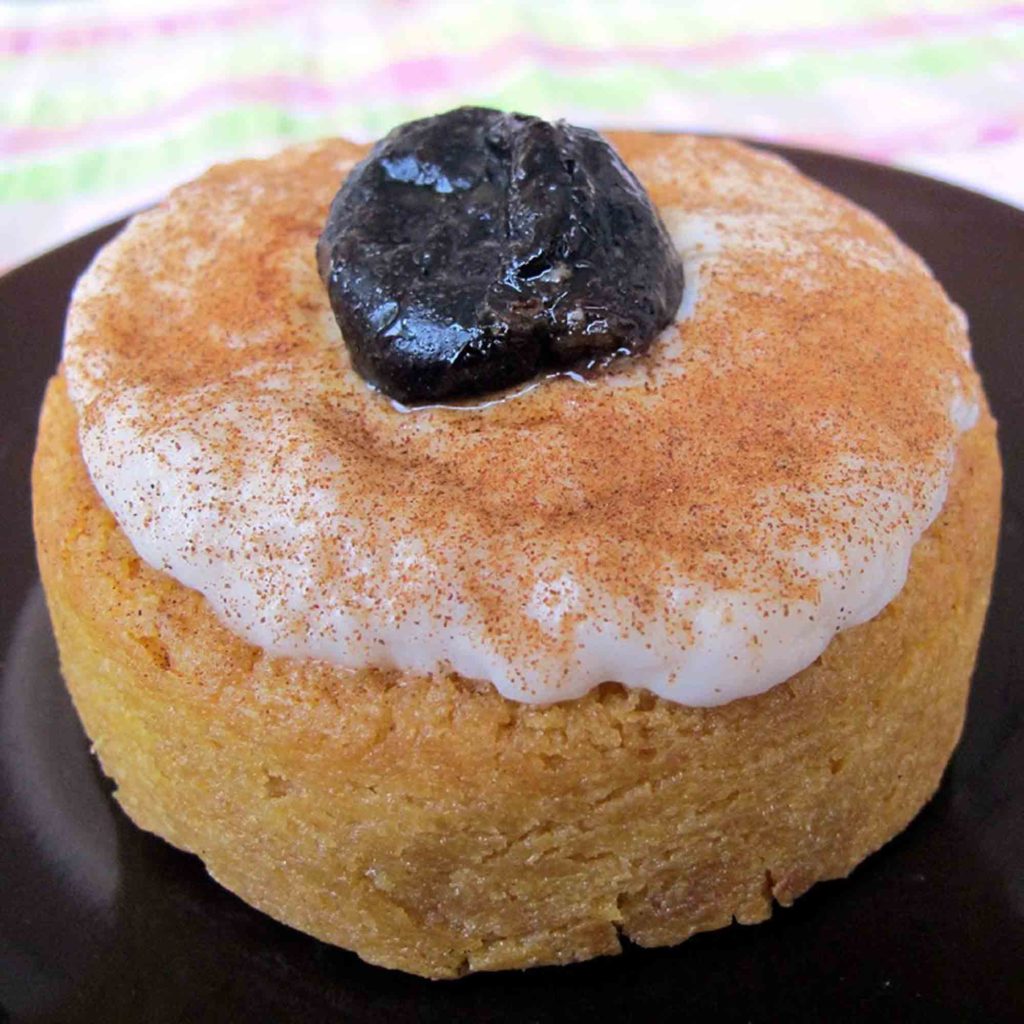
Pio Quinto
Every Nicaraguan Christmas table will not be complete without one of the most famous Nicaraguan desserts, Pio Quinto.
Believed to be named after Pope Pius V, this Christmas cake is very similar to the Latin American favorite tres leches.
The main difference is that instead of milk, Pio Quinto is soaked in rum giving it a distinct flavour that Nicaraguans—and even tourists—truly love.
Dona Pinita, the first female celebrity chef from Nicaragua, makes one of the most famous versions of this rum and custard cake.
The traditional Pio Quinto recipe uses a combination of flour and white cornmeal called pinol.
Along with it is baking powder, milk and vanilla white the syrup is with from sugar, cinnamon stick, lime juice, rum, whole cloves, raisins and prunes.
Pio Quinto is usually topped with traditional custard made with cinnamon, sugar, egg yolk and cornstarch.
The cake is completed with a generous dusting of cinnamon on top.
Pio Quinto is served after every Christmas meal in Nicaragua and this tradition continues to be practiced today.
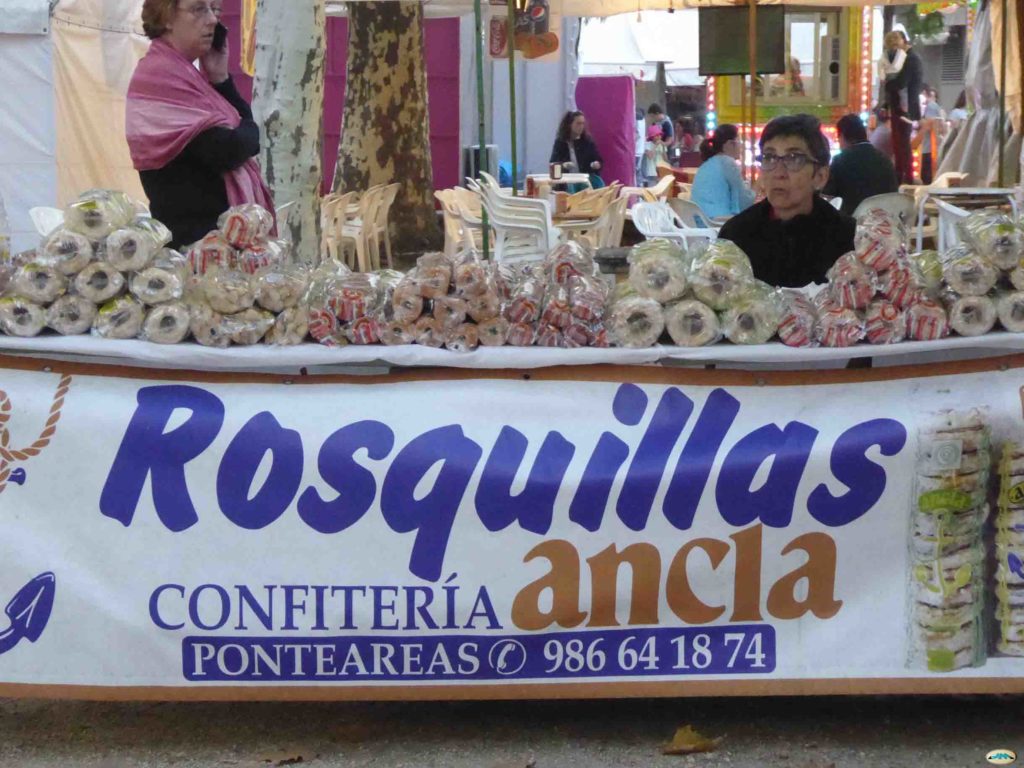
Rosquillas
Are these Nicaraguan desserts cookies or donuts?
That was my first question when I saw them.
Rosquillas are one of the most beloved Nicaraguan cookies. It’s easy to find a tray or bag of Rosquillas in panaderias or bakeries in the country.
They are everywhere.
But the city of Somoto is most known for its delicious Rosquillas.
Today, there are more than 35 rosquilla factories in Somoto alone, making it one of the most popular Nicaraguan pastries to date.
And yes they look like donuts but they are traditional cookies made from masa or finely ground hominy, curd cheese, butter and milk.
Honduran Desserts
Maria Luisa Nolasco first made Rosquillas in Somoto.
She developed a distinct flavour for this cookie by using a based coal oven and exposing the masa for 10-15 minutes.
Other cities like El Viejo, Rivas and Jinotega have followed suit ever since. But Somoto’s rosquillas remain to be one of the best in all of Nicaragua.
I think this is reason enough to go there!
Rosquillas can come in different forms. Some make them into a simple loop like a donut.
Others form them into a flat disc dusted with panela aka unrefined cane sugar.
More creative bakeries also make their rosquillas into flowers or other shapes.
But no matter what the form, this cookie is known for its granular texture that it can almost be likened to shortbread.
Masa is also used to make corn tortillas, and can be coarse.
Nicaraguans like to enjoy their rosquillas by letting them float in a cup of coffee for at least 20 seconds to soften them up a bit before enjoying them.
Sopa Borracha
Although it originated as a Panamanian dessert, Nicaraguans have come to love sopa borracha.
It translates directly to drunken soup, but this is a sweet dessert in Nicaragua.
It would be similar to what we know as a soaked rum cake. It’s called borracho in Guatemala.
The marquesote cake is made with flour, vanilla, eggs, sugar, milk, white pinol, baking soda and cinnamon.
The sponge cake is drenched in honey made with cinnamon sticks, water, white rum and raisins.
It got its name because of how generously drenched the cake is with honey.
But this sweet treat can be very deceiving, so you have to eat it with caution.
With too many rum-soaked slices can actually get you a bit tipsy before you know it.
It is such a well loved Nicaraguan dessert that locals always serve it as part of Christmas dinner.
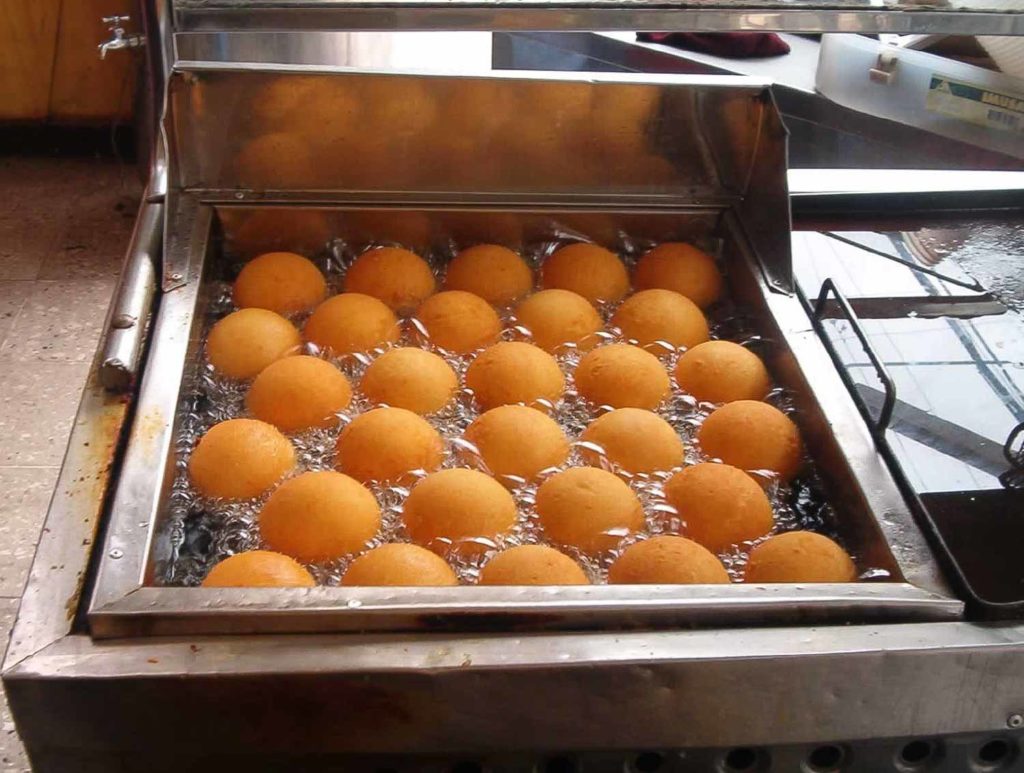
Buñuelos de Yuca y Queso
You can’t visit Nicaragua and not sample one of the most delicious Nicaragua desserts.
Bunuelos de yuca y yueso are crusty, cheesy fried yuca and cheese fritters that Nicaraguans love to nibble on, especially during the holiday season.
They are basically a donut, but again with a sweet and savoury component.
Granada vs. Leon
Similar to the Dutch version oliebollen, bunuelos are made with yuca, which is a traditional cassava root.
Queso duro simply means hard cheese. It’s a common cheese in Central America. Basically queso duro is a hard, crumbly and salty cow’s milk cheese.
It has a mild flavour but adds a lovely saltiness.
These delicious fritters that are topped with honey or a syrup made from sugar, cinnamon and water.
Picos
Picos is a typical Nicaraguan snack that locals pair with their late morning glass of pinolillo, a sweet cacao-based drink.
It’s also fantastic with an afternoon cup of Nicaraguan coffee.
Picos is a triangular-shaped sweet bread that’s stuffed with dried, grated cheese and sugar.
It is the best of both worlds with a hint of sweet and salty.
This classic snack can be soft and spongy or thin and crispy depending on who’s making it.
The original Nicaraguan recipe includes flour, water, eggs, sugar, vegetable shortening, milk and cheese.
You can use any kind of salty cheese but most Nicaraguans prefer cotija. It is a crumbly and salty cheese that’s used in most food in Mexico.
Picos is served with syrup on the side made with sugar and water.
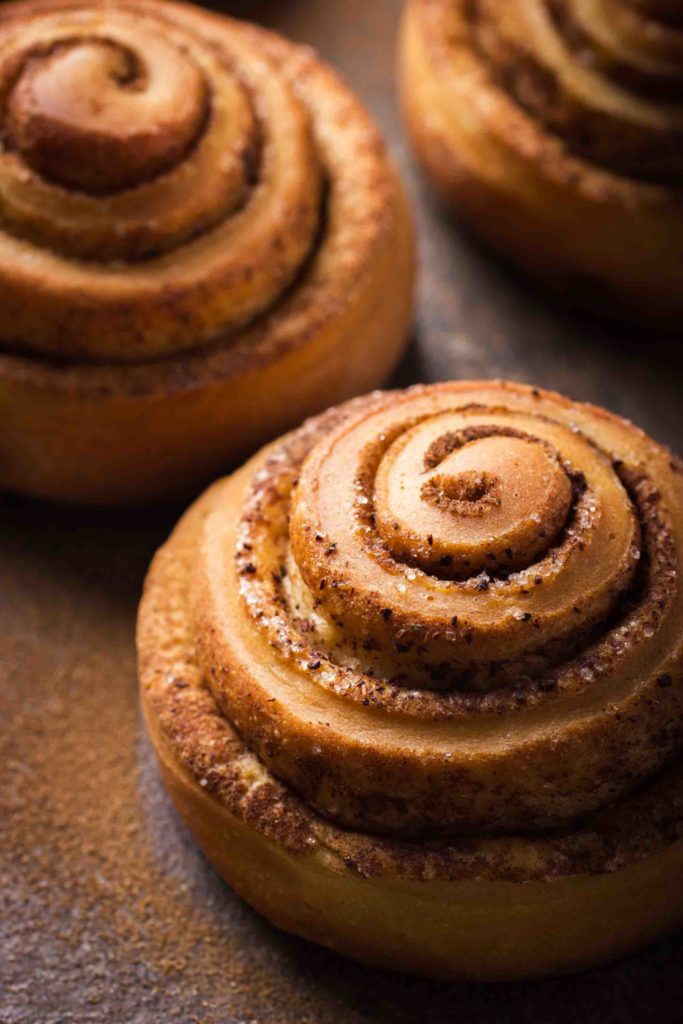
Cinnamon Rolls
You might not imagine cinnamon rolls when you think about a tropical country like Nicaragua, but it’s actually one of the bestselling Nicaraguan desserts.
In fact, you’ll easily find cinnamon rolls in bakeries, stores and supermarkets in Nicaragua.
They are considered staples in Nicaraguan cuisine. And as someone who isn’t a huge dessert fan but loves cinnamon rolls I am all for it.
There was a time in Nicaragua when the government offered free land to Germans who move to the country.
This has resulted in a lot of German immigrants, who first introduced the cinnamon roll to Nicaraguans.
Since then, locals have come to love this bread that they’ve learned to make over time.
Nicaraguan cinnamon rolls are actually more similar to Swedish cinnamon buns. They can take least 4 hours to make.
Nicaraguan cinnamon buns are soft, sweet and very satisfying.
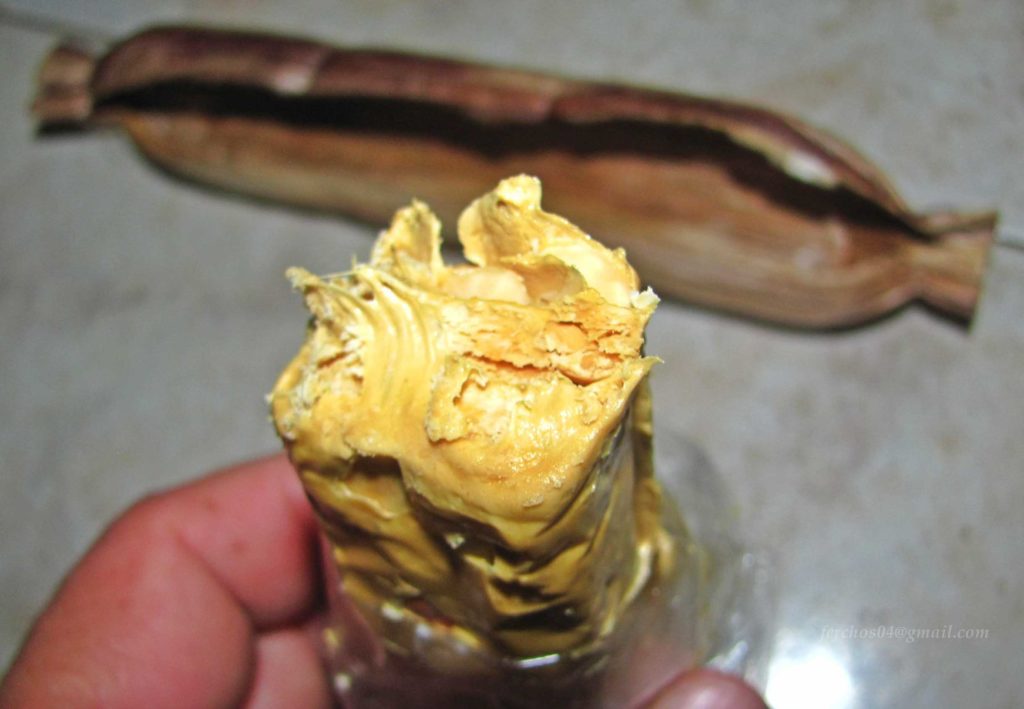
Melcocha
Its name translates to marshmallow, but melcocha is anything but soft and chewy.
On the contrary, this sweet treat is a thick, hard candy that’s popular not only in Nicaragua as a dessert but also all over Latin America.
But melcocha Nicaraguense takes the masterful hands of a “Melcochero” to perfect.
A sweetener made from dehydrated sugarcane called panela is what gives melcocha its distinct sweet rustic flavour profile that can be compared to that of raisins.
The long and arm-exhausting process of creating this Nicaraguan dessert begins with boiling panela with butter, molasses, citrus juice and other ingredients.
Guatemalan Desserts
Some Melcocheros also add nuts, citrus peel or dried fruit to enhance the flavour of the candy further.
Once this mixture is created, the Melcocheros carefully hand-pull to stretch the candy and looping it around a wooden peg.
This helps release air from the paste until it becomes a hard candy.
It is then formed into bricks, cylinders, circles or twists when it’s already brittle enough.
Eating Melcocha is such a joy for Nicaraguans but they warn first-time eaters to take extra precautions.
The candy can be very hard that it’s not uncommon to lose a tooth or two in the process.
Almibar
Almibar is one of the traditional Nicaraguan desserts that is inexpensive but very flavourful.
It is also called curbasa by some locals and it is basically a mixture of local Nicaraguan fruits in a sweet syrup.
You can find versions of alimbar in many countries.
Although recipes vary depending on who’s making this Nicaraguan sweet, the staple ingredients are mangoes, cinnamon, jocotes, sweet and maranon.
Some also add coconut, papaya or pineapple, depending on what is in season.
And in some cases it may only include one fruit.
To make this sweet concoction, you simply need to boil water, cinnamon, candy scrapes and cloves in a pot. Gradually add the fruits and let the mixture simmer for three hours.
It looks like stewed fruit and while it isn’t the prettiest dessert in Nicaragua but it is tasty,
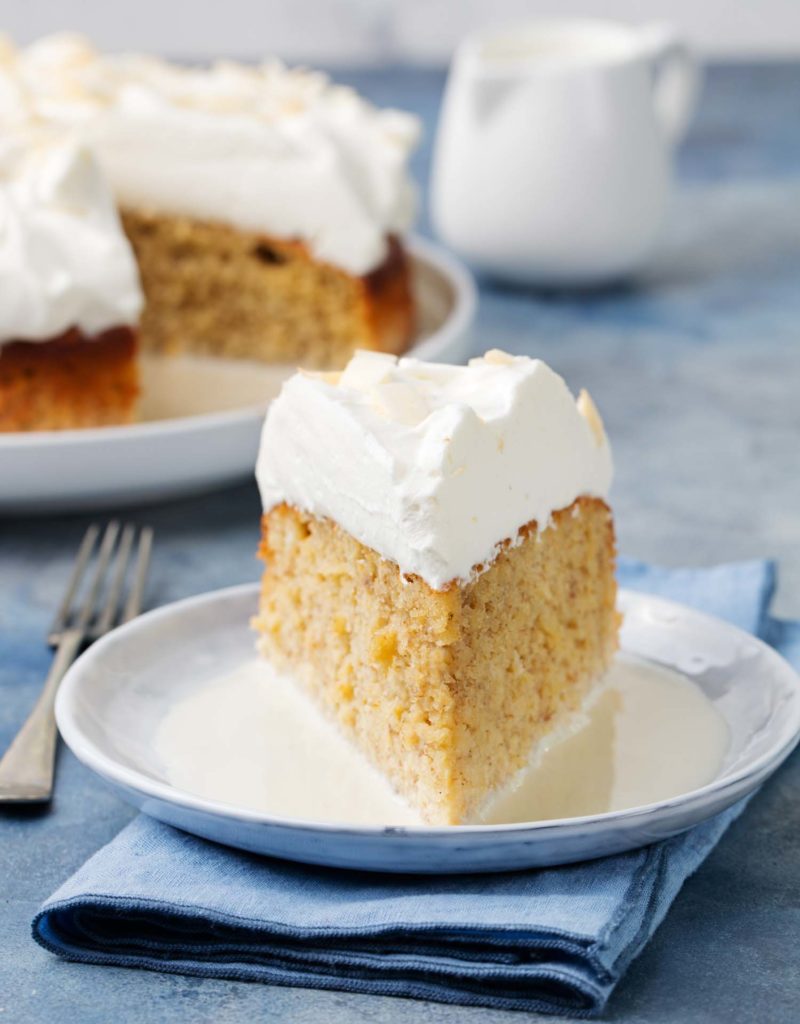
Tres Leches Cake
How many posts about traditional desserts have I shared that include tres leches?
Nearly every country that speaks Spanish has a version of a tres leches cake, it’s one of the most popular Ecuadorian desserts and even a Cuban dessert!
It could possibly be one of the most universal desserts around the world – although I think flan may just surpass it.
Tres leches cake is a dense, moist dessert consisting of a sponge cake covered with three types of milk: evaporated, condensed, and whole milk.
Although its origins are quite murky, most sources claim it was invented in Nicaragua.
It is believed that the original recipe was first printed on milk cans in Latin America, to promote the use of the product.
And as a result, the milk companies boosted their milk sales.
Ayote en Miel
Ayote en miel is probably the easiest of all Nicaraguan desserts to make. It translates to pumpkin in honey is such a delicious treat.
It’s a simple dessert recipe that has been around for generations. It is common to see it during Dia de Los Muertos or the Day of the Dead or Christmas dinners.
In Latin America I have never seen the jack o lantern types of pumpkin we know.
Instead when someone in Nicaragua says pumpkin, it’s what we know as squash.
To make ayote en miel, you only need four ingredients: squash, cinnamon sticks, sugar and water.
Combine cinnamon, sugar and water to create a syrup that will serve as the base and sweetener.
Cook the squash in this liquid for about two hours and let it cool.
You can eat it on its own, or Nicaraguans also add whipped cream or vanilla ice cream.
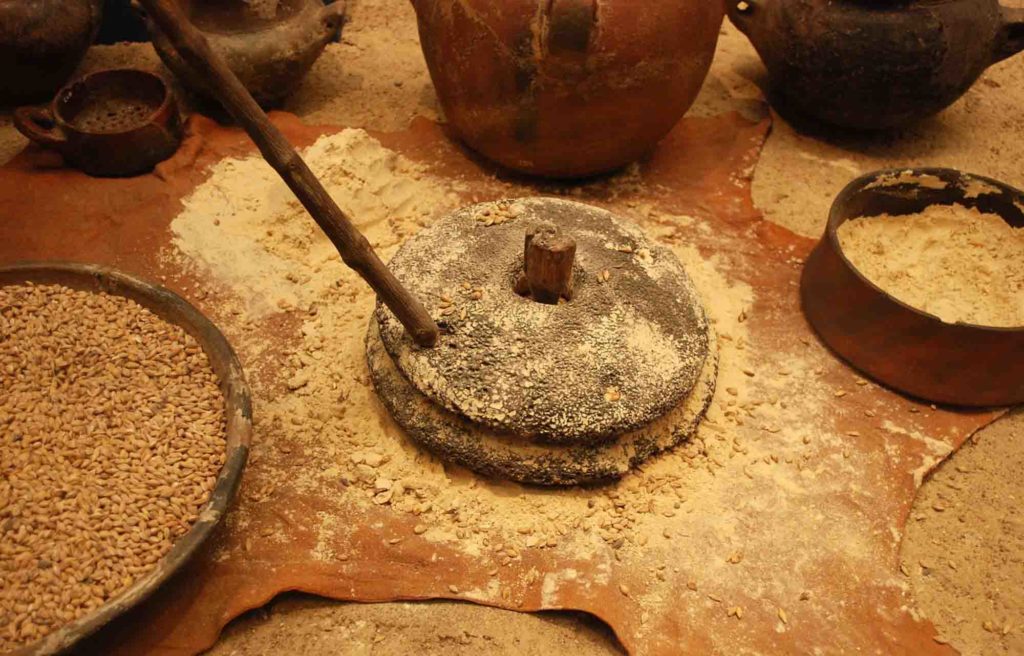
Gofio
Finally, rounding up our list is another Nicaraguan dessert favorite.
Gofio is actually a type of flour originally from the Canary Islands that’s made with roasted grains or starchy plants.
Gofio started in Canarian cooking for some time. Immigrants have introduced its use to the Caribbean and Latin American countries including Nicaragua.
You can also find the Canarian influence in Cuban food.
Gofio is used in different Nicaraguan recipes including soups, savory dishes and of course, the famous dessert Gofio Nicaraguense.
Also known as the “sweet of the purest,” this snack is made with black candy, aniseed, grated ginger, nutmeg powder, white pinol and cinnamon powder.
The ingredients are combined and heated in a pot until it turns into a sweet mixture that can be made into a soft ball.
White pinol is added as the dough is kneaded and it is left to curdle for about 30 minutes.
Then it is cut diagonally into strips so each Gofio resembles the traditional diamond shape or parallogram called Gofiosi.
The Gofio Nicaraguense is a favorite snack among locals because of its sweet and savory notes.
It is also served as part of a buffet for special occasions.
Atolillo
This simple, unpretentious Nicaraguan custard consists of milk, sugar, butter, egg yolks, and cornstarch.
It’s similar to a Cuban flan or other custard dishes in Latin America.
It is lightly flavored with cinnamon and vanilla. The custard has an unusual consistency, so it can be sipped or consumed with a spoon.
Atolillo can be served as a dessert in small bowls or glasses, but it is also used as a topping for various cakes such as Pio V.
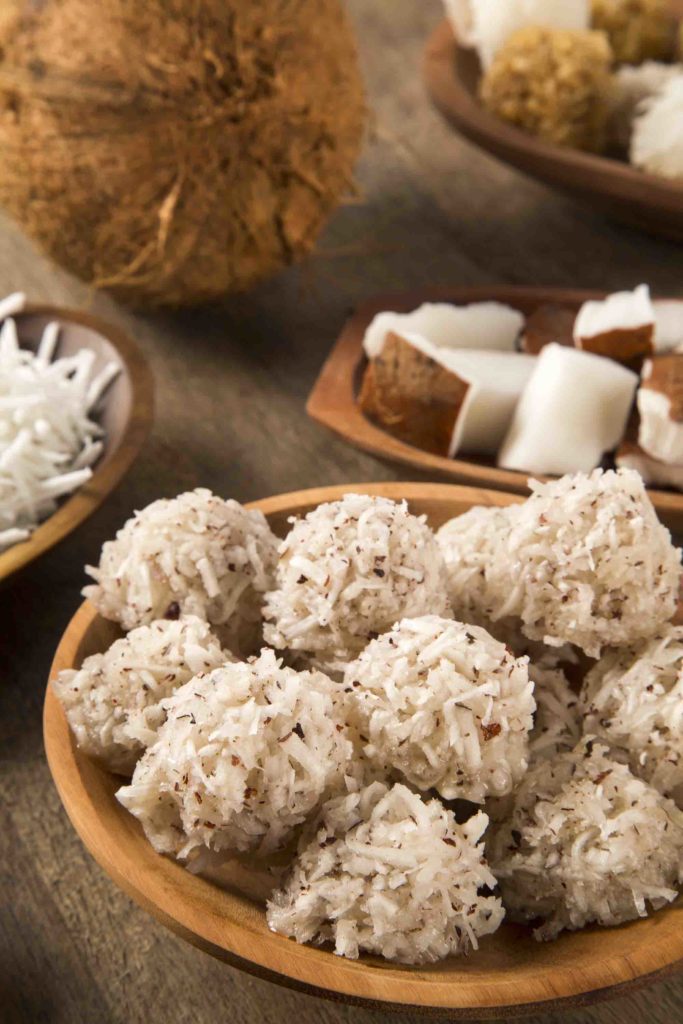
Cajetas de Coco
A traditional Nicaraguan dessert that is a favourite with children and adults alike.
It is made with coconut and yuca that is sweetened and thickened. Cajetas are similar to cocadas, one of the most popular Peruvian desserts.
It is formed into balls and cooked and then covered with grated coconut or sweet wafer crumbs.
Perrereque
Corn is one of the key ingredients in Nicaraguan food. This corn bread is sweet and moist. It often has a hint of cinnamon included in the dough.
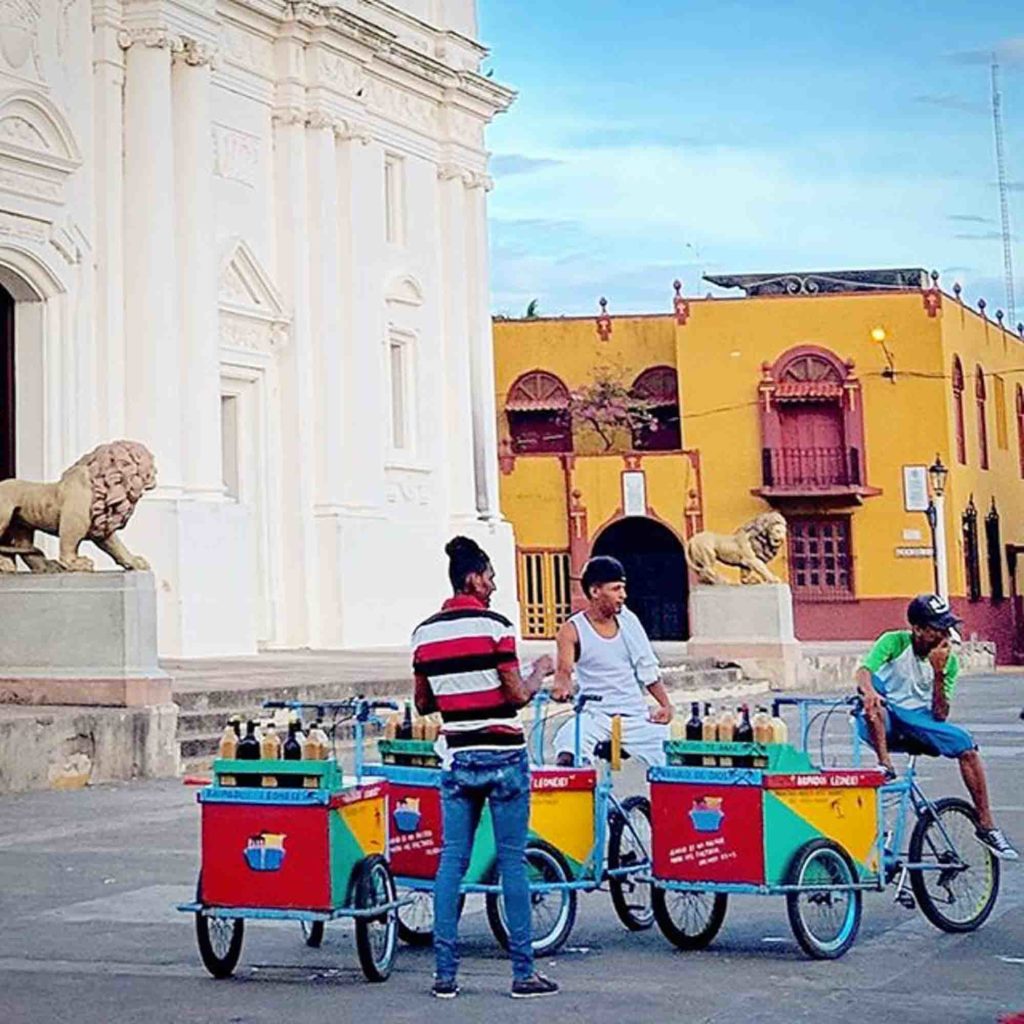
Raspado
This Nicaragua dessert is like the ultimate snow cone, but so much better than you remember as a child.
Shaved ice is a common street food in Nicaragua. You’ll find vendors in all of the major parks with various flavours, a number of toppings and sweet syrups on the ice.
It’s a drink and a dessert because it will melt so you often get a straw along with a spoon. And you can find it all over Latin America.
It’s one of the most popular drinks in Colombia, but called a cholado.
Pin it: Desserts in Nicaragua
